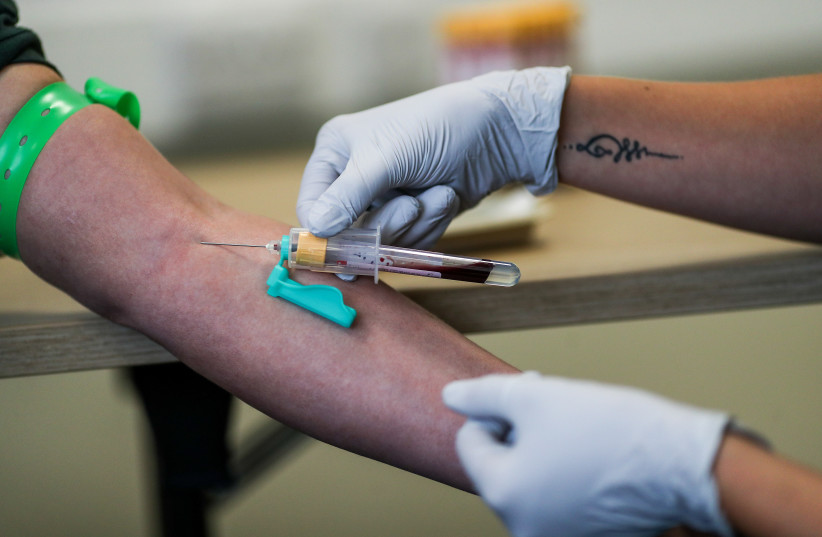It’s not that surprising if you’ve never heard of VEXAS. Scientists only identified this inflammatory disease in 2020. Now, research suggests that the syndrome isn’t as rare as first believed.
Researchers estimate that 15,500 people in the US over age 50 suffer from the syndrome, symptoms of which usually include unexplained fever, pneumonia, myeloma (cancer of the plasma cells), arthritis, vasculitis, low blood oxygen levels and more.
VEXAS stands for vacuoles, E1 enzyme, X-linked, autoinflammatory and somatic. It usually affects adults, mainly men, and most of the symptoms of the condition develop between the ages of 50-70.
The main source of concern with VEXAS is its high mortality rate, with up to half of those diagnosed dying within five years. Researchers believe that VEXAS represents a prototype for a new type of diseases that humans will face.
One in every 4,000 men
The study’s principal investigator, Dr. David Beck, a geneticist at NYU Langone Health, said in a press release that now that VEXAS is known to be more common than many other types of rheumatologic conditions, doctors should add this condition to their list of potential diagnoses when faced with patients with persistent and unexplained inflammation and low blood cell counts or anemia.
The research team, which published its findings in JAMA, analyzed blood samples from more than 160,000 men and women over age 50 to look for a mutation in the UBA1 gene that researchers believe causes the syndrome.
Beck told CNN that VEXAS is present in one in 4,000 men over age 50, so it’s a disease to consider when you see people who have all the symptoms. Men are more vulnerable because the UBA1 gene is on the X chromosome; Men only have one X chromosome while women have two and are usually unaffected unless the mutation is in both.
Although it’s believed to be caused by a genetic mutation in the UBA1 gene, the disease doesn’t pass to children, i.e. it’s not hereditary. There’s no cure or even standard treatment because the syndrome is so new, but the symptoms can be treated with various medications.




